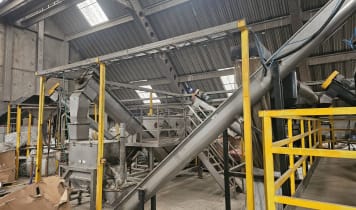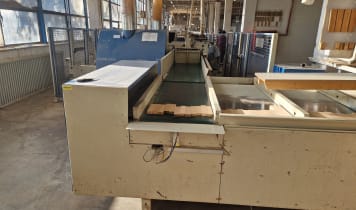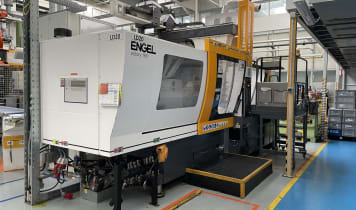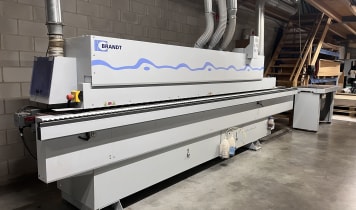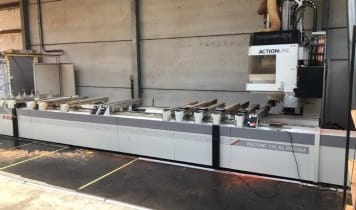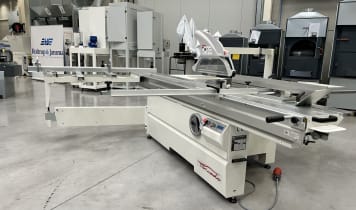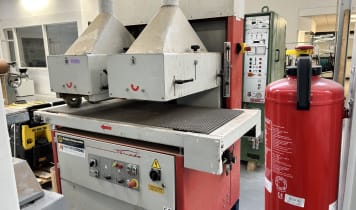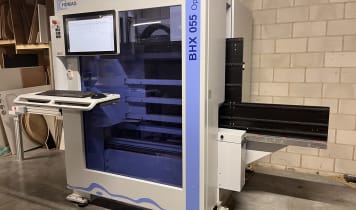During industrial manufacturing it is important to ensure that manufactured components are
balanced, in order to ensure a low-vibration cycle. This particularly applies for parts that turn at very high speeds. A balancing machine is made out of an encased base frame.The room, within which the workpiece will be processed, contains corresponding supports used to clamp in the workpiece. Power is then used to rotate the workpiece and sensors or other devices automatically detect if the workpiece is unbalanced. By noting the engineering tolerance, the mass of the workpiece is distributed.
- Low-vibration cycles require balanced components
- Automatic recognition of the unbalance of the workpiece
- Adjustment through the removal of mass or the implementation of a counterweight
Quality Great offers Personalized This can be done through the removal of mass by drilling or milling, or by fastening weights on the workpiece. The method used depends on the workpiece. The balancing of a
car wheel is commonly done by adding weights to the rim. The
balancing of rotors for electric motors is done by drilling into the short circuit ring. Modern balancing machines used in industry are available in varying degrees of automation. They can also be installed on automatic
production lines and can run without a machine.



